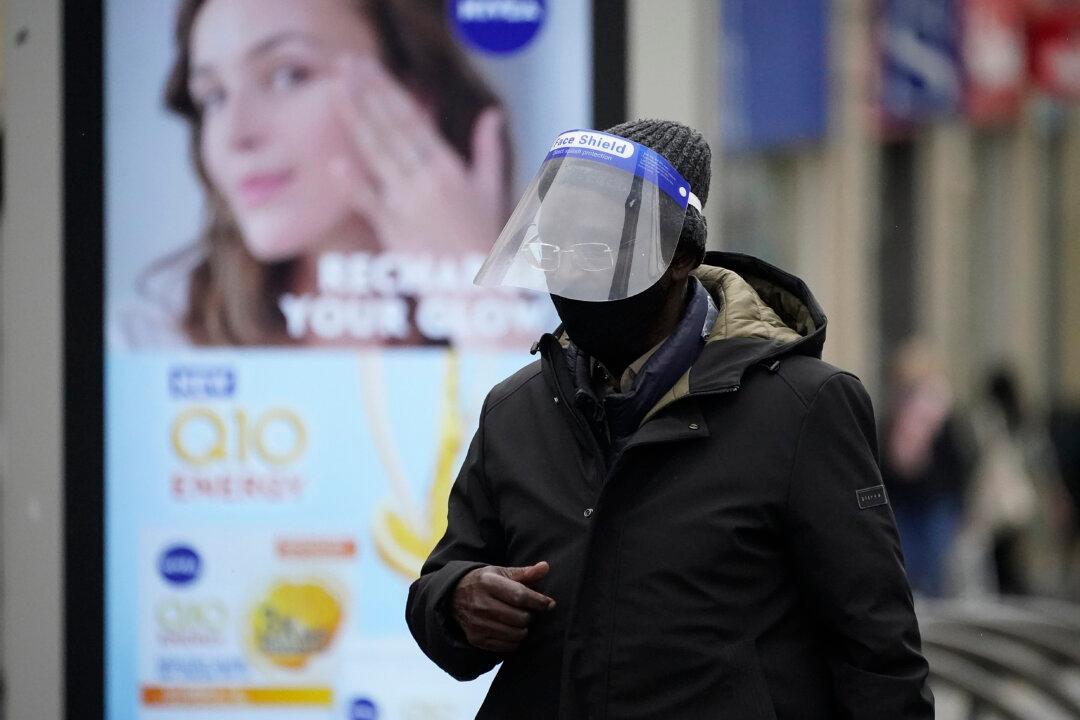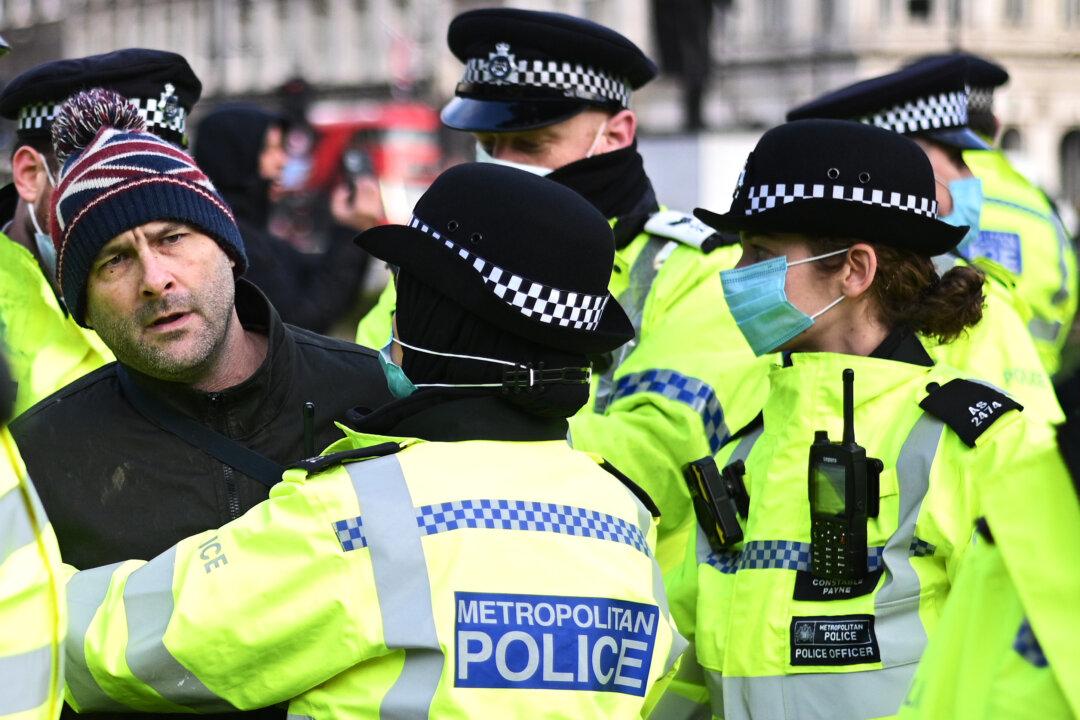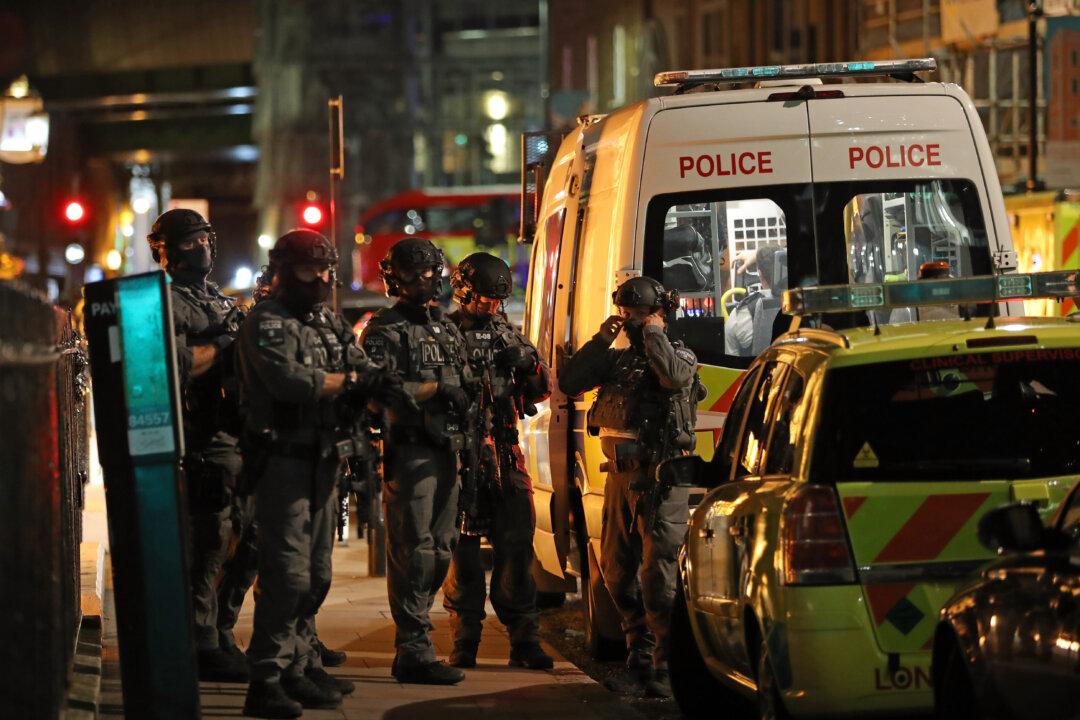The increased risk of catching the CCP virus for ethnic minorities in Britain is not caused by structural racism but is largely due to things such as living circumstances and profession, according to a government adviser.
Raghib Ali, a clinical epidemiologist at the University of Cambridge and newly appointed government adviser on the virus and ethnicity, told reporters that structural racism could not account for the different outcomes for black and South Asian ethnic groups and that different races should not be treated differently.





